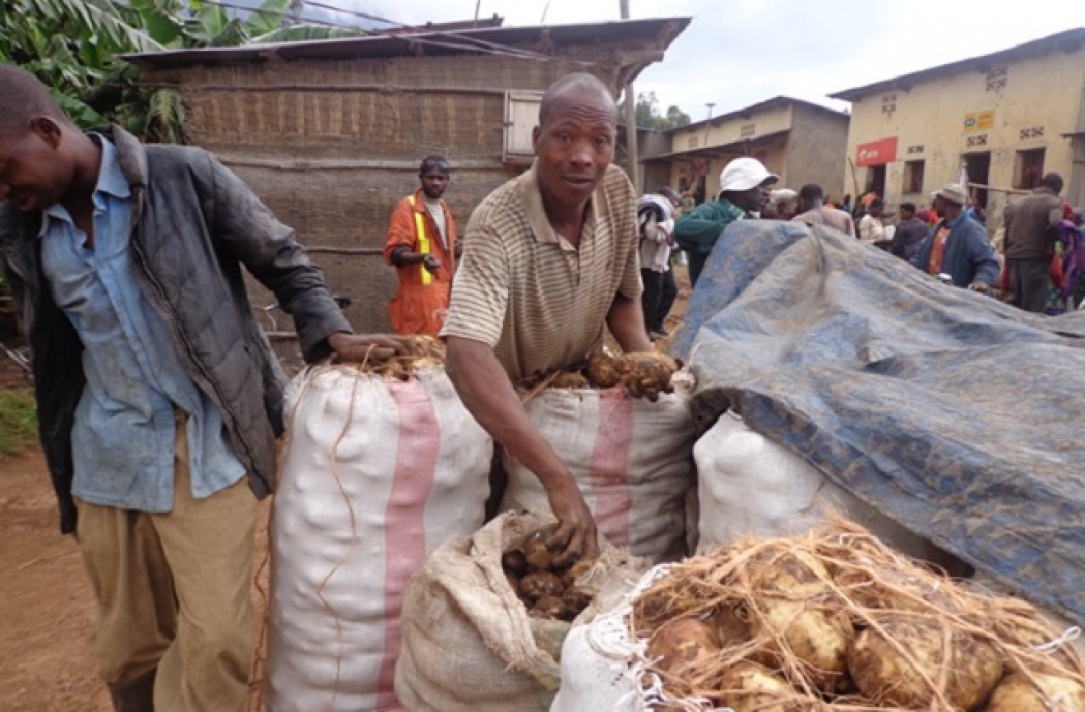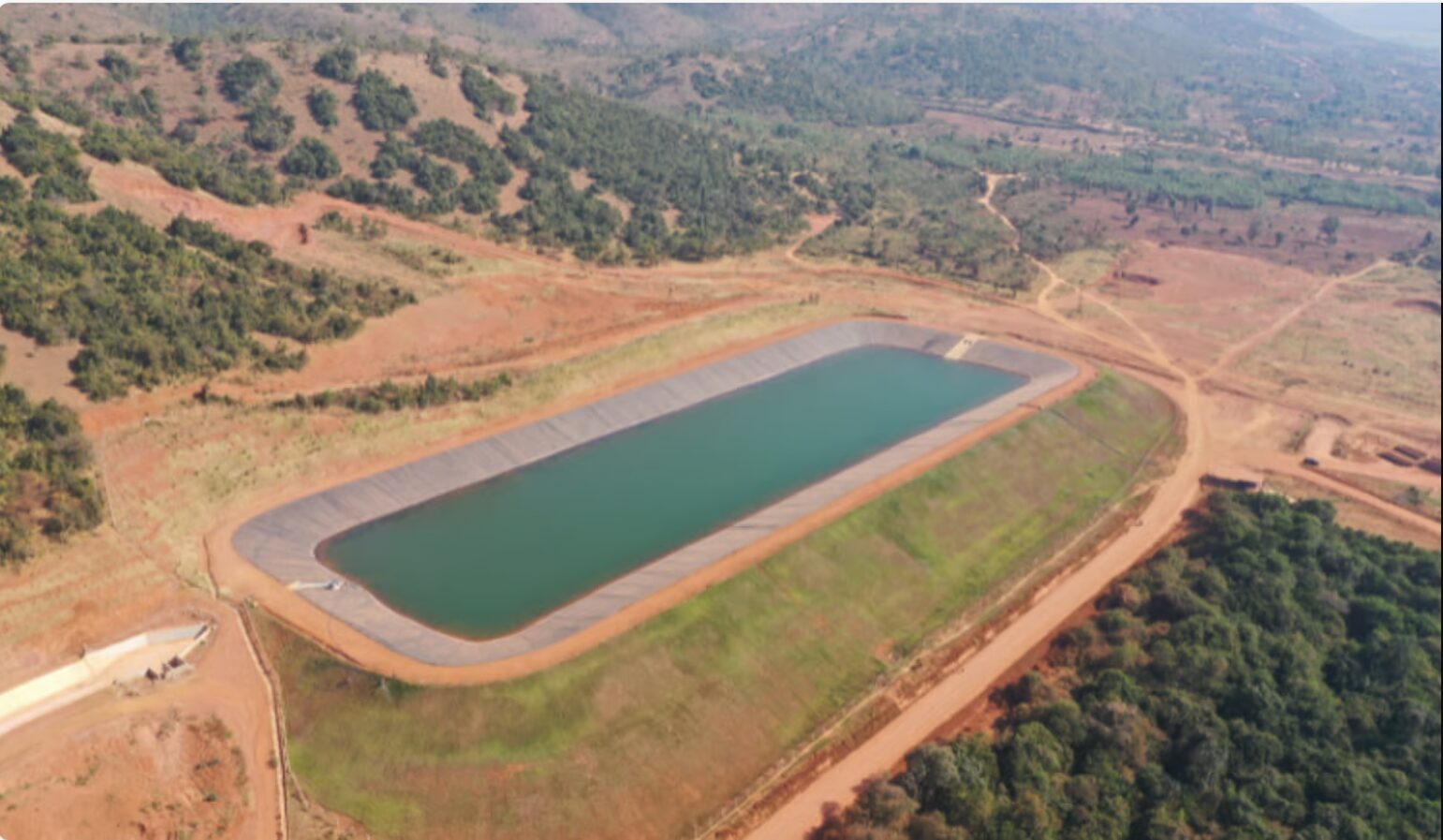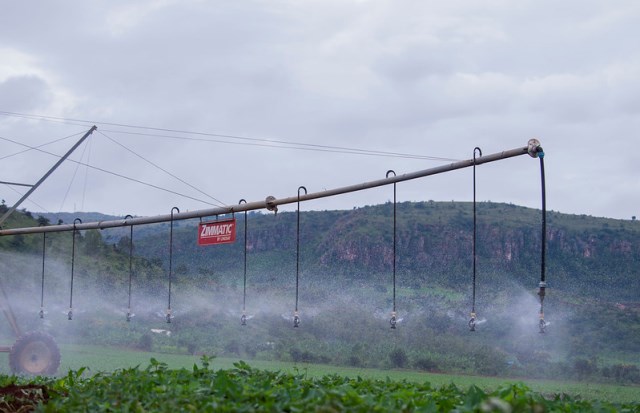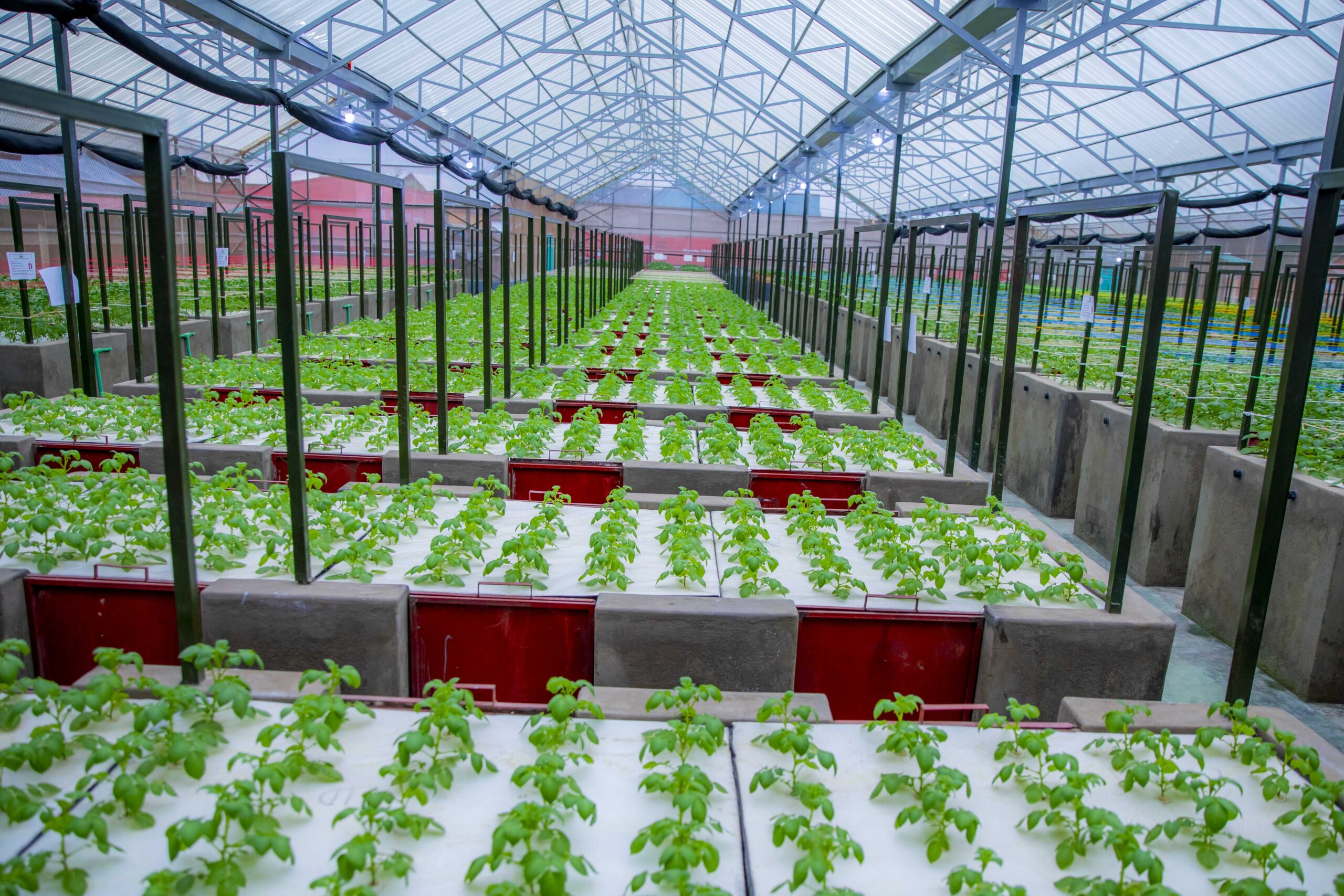
A farmer sorting maize after harvest
Rwanda seeks to satisfy local market demand a hundred per cent in a part of staple food within the next five years.
The Prime Minister Eduard Ngirente, in a speech to the parliament both chambers today said that the country will increase the harvest of key crops at 50 per cent.
The main target is the crops under a famous program codenamed Crop Intensification Programme (CIP) which seeks to boost production of staple food-maize, beans, Irish potatoes, cassava, wheat, banana and rice.
In the agricultural season A, Rwanda grew 630,768 metric tons of maize, while cassava and Irish Potatoes earned the country 518,044 metric tons and 460,830 metric tons respectively.
Cooking banana gave 587,981 metric tons while beans and paddy rice gave to the country 233,142 metric tons and 69,098 metric tons respectively.
The country has huge ambition for all those crops in the National Strategic Transformation (NST2) which spans from 2024-2029. However, while appearing at parliament in the afternoon today, the Prime Minister said, that the country should not be importing maize, beans and banana by 2029.
“We plan to be self-reliant on maize, Irish potatoes and beans and we shall no longer be exporting them by 2029. We shall not even wait for 2029; we hope to achieve the target earlier on,” said Prime Minister Ngirente.
 In Rwanda, production of maize increased to 507,985 metric tons in 2024 from 390,879 metric tons in the same season of the previous year while beans increased to 233,142 metric tons in 2024 from 197,212 metric tons the previous year.
In Rwanda, production of maize increased to 507,985 metric tons in 2024 from 390,879 metric tons in the same season of the previous year while beans increased to 233,142 metric tons in 2024 from 197,212 metric tons the previous year.
According to a report by FEWS Net, which stands for the Famine Early Warning Systems Network, taking the case of maize, the domestic supply in Rwanda stood at 576,000 metric tons between 2016-2021, yet those that were ready for consumption were 565 metric tons against 645,000 metric tons domestic demand.
That means that the country was lacking 68 metric tons to be self-sufficient, or in other words, the country’s self-sufficiency in maize stood at 89 per cent.
Will Rwanda Manage?
According to the PM report, for the country to achieve 50% increase in agricultural production, some strategies were adopted.
The country expects to increase irrigated land to 130,000 hectares from the current 71,000 hectares today.
They will also increase terracing from 140,000 hectares to 160,000 hectares.
“As we have agreed with farmers, they will contribute to terracing in their own parcels of land themselves,” PM Ngirente said.
More on that, the country will increase animal and agri-business hubs, case of Gabiro and Gako.

Gabiro Agribusiness hub’s dam
Gabiro agribusiness hub in Nyagatare, Eastern province consists of a Joint Venture-JV between Rwanda and Engineering Procurement and Construction-EPC agreements on February, 23rd 2019, include the 5600/15600 Ha in phase one. The project shall cover Karangazi and Rwimiyaga sector, of Nyagatare district. Phase II of the project is expected to extend to both north and south parts of phase I reaching to Gatsibo District.
It will offer services of land lease, farm demonstration and In-field installation.
The country will also de-risk agriculture by helping farmers overcome issues of climate change.
The project that will help the country achieve that is the Commercialization and De-Risking for Agricultural Transformation Project (CDAT) whose financing approval was made in 2022, with the World Bank, at a tune of $ 300 million spanning in five years.
It intends to increase irrigated land, then to support commercialization among producers and agribusiness firms in supported value chains and to increase access to agriculture finance. The targeted beneficiaries will be farmers’ cooperatives, commercial farmers and small and medium-sized agri-enterprises (agri-SMEs).
The project is targeting 6 value chains under CIP; (i) Horticulture, (ii) Rice, (iii) Bean, (iv) Maize, (v) Irish Potato and (vi) Cassava.

Meanwhile, the country plans to increase the quantity of fertilizers from 70 kilograms per hectares today, to 92.6 kilograms per hectares.
The loan dedicated to agriculture will increase from the mere 6 per cent to 10 per cent of total loans in Rwanda.

